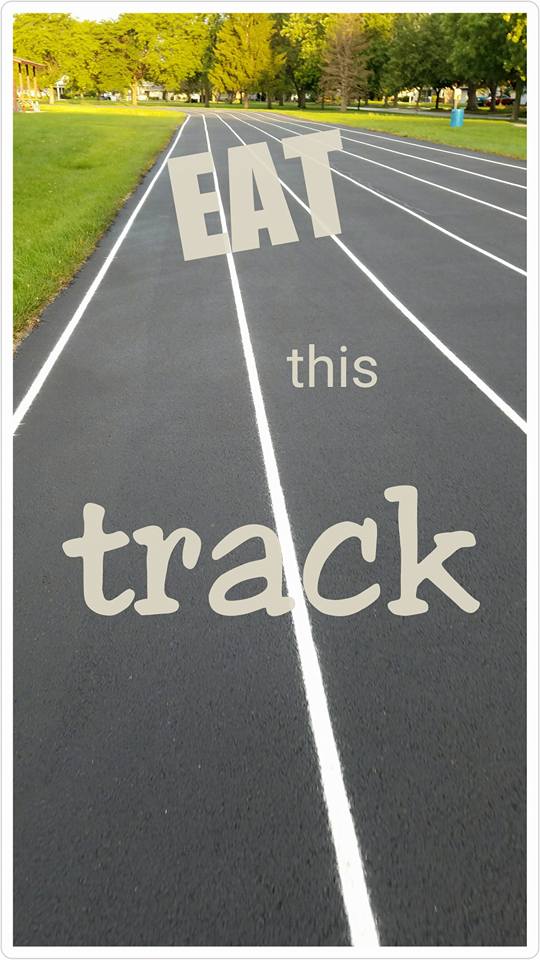
Heart Rate Based Training is definitely all about patience! Talk about a roller coaster of different emotions (and speed) these past 12 weeks! Often times I found myself wondering if all the slow runs were really going to pay off. I have been loving the speed workouts that have been thrown in each week but I have to admit, when I first started this training program, I had my doubts!

We’re about 12 weeks into HRT and things are really starting to “heat” up and get serious folks! Seriously, this most recent workout called EAT is a doozie! EAT (Enhanced Anaerobic Threshold) is probably one of the toughest workouts I have done in any marathon training program, but when you’re done, you feel like a rock star! Get ready to feel those endorphins kick in runners![]() .
.
SO why run EAT? It’s a bit like running a 5K, but the difference is, you break up the run in sections and run each according to different heart rate ranges. I ran my first EAT earlier this week and I have to admit, although it wasn’t easy, espeically after returning the day before from an intense business trip with late nights and early mornings, I am looking forward to repeating this in a couple weeks.

If you like the 5K distance and running hard, this workout is for you! And if you don’t, suck it up and getter done![]() . Most likely the next time you run this very same workout, at the very same place, at the very same time, with hopefully similar sleep and eating parameters, you’ll get better results…espeically if it’s less humid and cooler
. Most likely the next time you run this very same workout, at the very same place, at the very same time, with hopefully similar sleep and eating parameters, you’ll get better results…espeically if it’s less humid and cooler![]() . I am hoping to be a bit more rested as well since I won’t be traveling this time.
. I am hoping to be a bit more rested as well since I won’t be traveling this time.
The first 2k I ran at 160-169 heart rate, the second 2K at 170-179 heart rate, and the last 2K…hang on and run hard! In other words, no heart rate cap and you run hard as you can.
After plugging in the data into the worksheet, I now have my new pace to run my pick-ups, surges, and race pace miles.
- For a HALF-MARATHON TIME: we were told to average the paces of A and B, subtract 15 seconds to get a GENERAL half-marathon average pace. 8:02
- For a MARATHON TIME: we were told to average the paces of A and B. 8:17

As of now, my new pick-up pace is 8:06 and I now run my race pace miles at 8:17. Check out this data from my 19 mile Long Run this weekend with Race Pace Miles thrown in. I rocked it! Plus I had a blast![]() .
.

I can’t wait to do both my EAT and a long run again! It’s been fun to see progress and more importantly learn more about Heart Rate Based Training with Another Mother Runner Group. The EAT is a fun exercise to determine race day strategy since the main goal of this workout is to get some helpful parameters for race day. I’ve been told, we all have different max heart rates and what that number is, doesn’t matter. But I understand, whatever your specific bpm information is, it’s used to create a individual race plan after week 18. What that is, I have no idea but I am trusting the process! Stay tuned![]() .
.


Leave a Reply